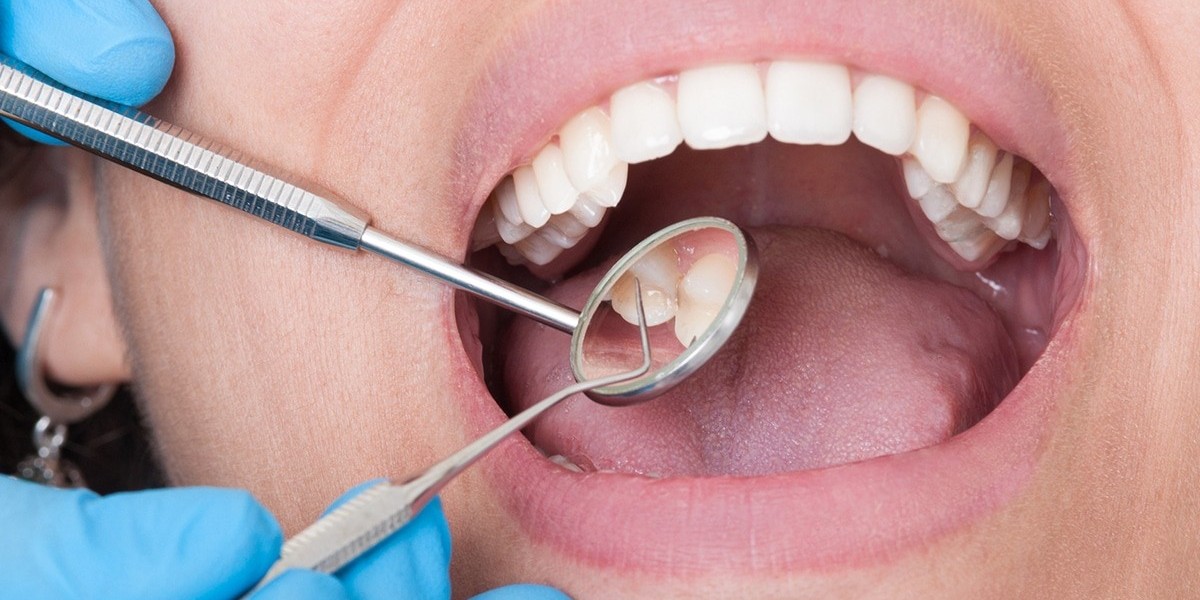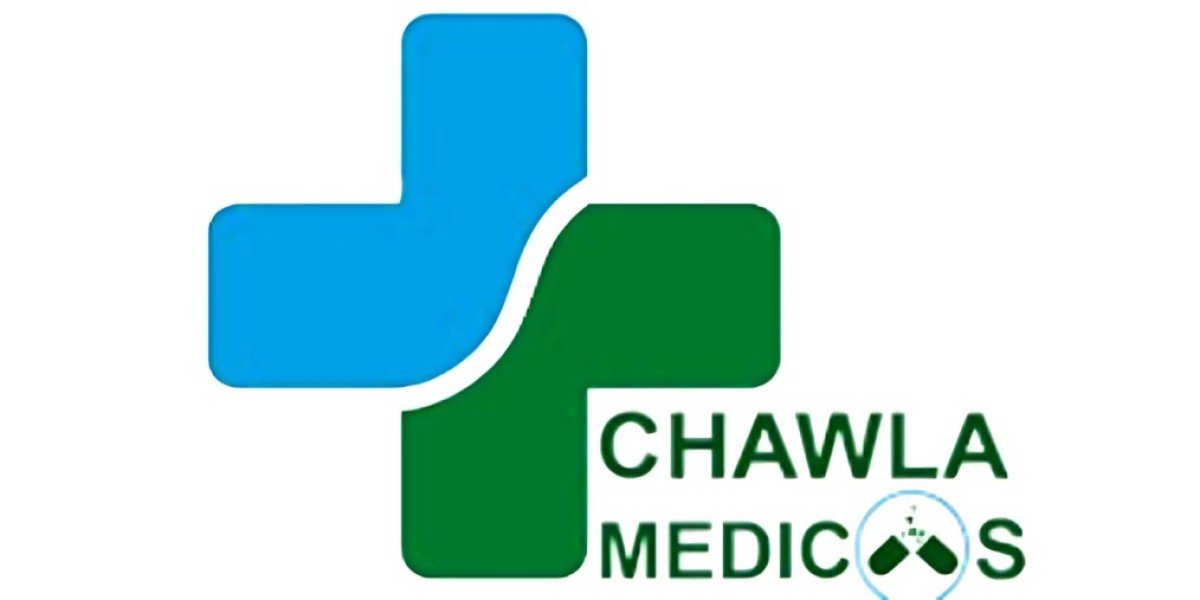Are you gearing up for a tooth extraction procedure? Whether it's due to decay, overcrowding, or other reasons, knowing what to expect can help ease any anxiety. From preparation to recovery, this guide will walk you through the process step by step. So sit back and relax as we delve into the world of dentistry for tooth extractions!
Understanding the Need for Tooth Extraction
When it comes to tooth extraction, understanding why it's necessary is key. Sometimes a tooth may be too damaged or decayed beyond repair, causing pain and discomfort. In such cases, extraction becomes the best option to alleviate suffering and prevent further complications.
Other times, overcrowding in the mouth can lead to misalignment or difficulty with orthodontic treatments. Removing a tooth can create space for proper alignment and improve overall oral health.
In some instances, impacted wisdom teeth can cause pain, infection, and damage to surrounding teeth if left untreated. Extraction may be recommended by your dentist to prevent these issues from worsening over time.
By grasping the reasons behind tooth extractions, you can approach the procedure with confidence and clarity about its benefits for your oral health.
Preparing for the Procedure
Preparing for a tooth extraction procedure involves taking several important steps to ensure a successful outcome. It's crucial to follow any pre-operative instructions given by your dentist or oral surgeon. This may include fasting if the procedure requires anesthesia.
Another essential aspect of preparation is disclosing all relevant medical information and medications to your dental provider. This helps them tailor the treatment plan according to your specific needs and health conditions, minimizing risks during the extraction process.
Additionally, arranging for someone to drive you home after the procedure is recommended since you may be drowsy or groggy from anesthesia. Having a comfortable recovery area set up at home with soft pillows and blankets can also contribute to a smoother post-extraction experience.
Mentally preparing yourself by staying informed about the procedure and asking any lingering questions beforehand can help alleviate anxiety on the day of surgery. Remember, proper preparation leads to better outcomes!
During the Procedure: What to Expect
During the tooth extraction procedure, it's normal to feel a mix of nervousness and anticipation. The dentist will start by numbing the area with local anesthesia to ensure you're comfortable throughout the process. You might hear some noises or feel pressure, but rest assured that it shouldn't be painful.
Once the area is numb, the dentist will carefully loosen the tooth using specialized tools before gently removing it from its socket. This part may cause some pushing or pulling sensations but should not be unbearable. If you experience any discomfort, don't hesitate to inform your dentist so they can adjust accordingly.
After the tooth has been successfully extracted, your dentist will provide you with post-operative care instructions to promote proper healing. It's essential to follow these guidelines diligently for a smooth recovery without complications.
Remember, each person's experience during a tooth extraction can vary based on factors like the complexity of the extraction and individual pain tolerance levels. Trust in your dental team and communicate openly about any concerns you may have during the procedure.
Post-Extraction Care and Recovery
After undergoing a tooth extraction procedure, proper post-extraction care is crucial for a smooth recovery. Your dentist will provide specific instructions tailored to your situation, but there are general guidelines to keep in mind.
To manage any discomfort or swelling, apply an ice pack to the affected area for short intervals during the first 24 hours. Be sure to follow any prescribed pain medication and antibiotics as directed by your dentist.
Avoid rinsing your mouth vigorously or using straws in the days following the extraction as this can disrupt blood clot formation and slow down healing. Stick to soft foods that are easy to chew and avoid hot liquids.
Maintain good oral hygiene by gently brushing your teeth while being careful around the extraction site. Avoid smoking and strenuous activities that may delay healing. If you experience excessive bleeding or severe pain, contact your dentist immediately for further guidance on post-extraction care.
Common Myths about Tooth Extraction Debunked
One common myth about tooth extraction is that it will be extremely painful. In reality, with modern anesthesia and sedation options, most patients experience minimal discomfort during the procedure.
Another misconception is that tooth extraction leads to facial changes or a sunken appearance. While some bone loss may occur over time after an extraction, this can often be prevented or minimized with proper dental care and potential restorative treatments like implants.
There's also a belief that extracted teeth don't need to be replaced if they are not visible. However, missing teeth can impact your bite alignment, jaw health, and overall oral function. It's essential to consider replacement options like bridges or implants for long-term oral health.
Some may think tooth extraction is the only solution for severe dental issues. While extractions are necessary in certain cases, dentists always explore alternatives like root canals or crowns before recommending removal as a last resort.
Alternatives to Tooth Extraction
Exploring Alternatives to Tooth Extraction
When faced with the possibility of a tooth extraction, it's natural to wonder if there are alternative options available. In some cases, a root canal treatment might be recommended by your dentist as an alternative to extraction. This procedure involves removing infected tissue within the tooth while preserving its structure.
Another alternative could be a dental crown, which is used to cover and protect a damaged or weakened tooth. Crowns can restore both function and appearance without resorting to extraction. Additionally, dental implants offer a permanent solution for missing teeth by replacing the extracted tooth with an artificial one that looks and functions like a natural tooth.
It's important to discuss all possible alternatives with your dentist before opting for extraction to ensure you make an informed decision based on your individual oral health needs.
Conclusion
Undergoing a tooth extraction procedure can be a daunting experience for many. However, with proper preparation, understanding of the process, and adherence to post-operative care instructions, it can result in a successful outcome. Remember that communication with your dentist is key throughout the entire process.
While tooth extraction may seem intimidating, it is often necessary for maintaining oral health and preventing further complications down the line. By following the tips outlined in this article and debunking common myths surrounding extractions, you can approach the procedure with confidence.
Always consult with your dentist to explore alternative options before deciding on extraction. Your dental care provider will guide you through every step of the process and ensure that you have a smooth recovery.
Remember, prioritizing your oral health through regular check-ups and prompt treatment when needed is crucial for overall well-being. Trust in your dental team's expertise and take proactive steps towards achieving optimal oral health.








